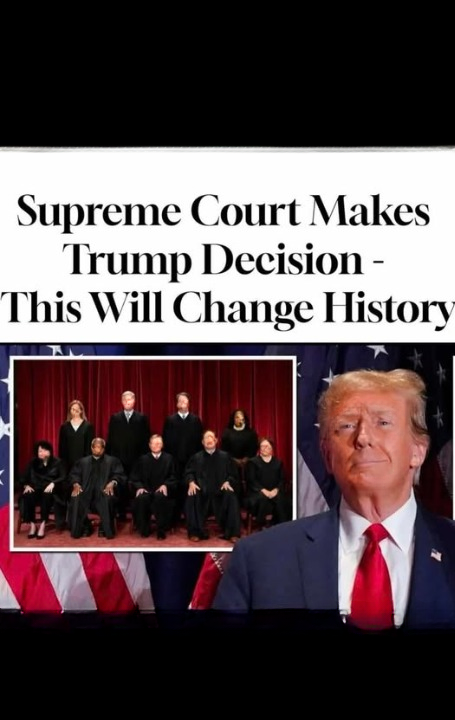In a closely watched decision, the U.S. Supreme Court ruled 7–2 that the Veterans Court is not required to re-examine every piece of evidence when reviewing disability benefit denials, but rather to overturn decisions only when a “clear error” is identified. The ruling establishes a significant precedent in how veterans’ claims are handled, clarifying the limited scope of judicial review in these cases and reaffirming the authority of the Department of Veterans Affairs (VA) in determining disability outcomes.
The case stemmed from the appeals of two veterans, Norman Thornton and Joshua Bufkin, who had their disability benefit claims denied by the VA. Both men argued that the Veterans Court should have taken a more comprehensive approach by reconsidering the evidence in full. They contended that without such review, veterans are at a disadvantage in challenging VA decisions, particularly when initial rulings fail to account for the full context of their service-related injuries or conditions.
Veterans’ advocacy organizations rallied behind Thornton and Bufkin, emphasizing that Congress had created the Veterans Court in 1988 with the intent of providing a more veteran-friendly process. Their argument centered on the principle that the court should err on the side of leniency, ensuring that those who served the nation are not denied benefits due to technicalities or bureaucratic rigidity. Many advocates feared that narrowing the court’s role could discourage future appeals from veterans seeking justice.
The Supreme Court’s majority opinion, however, sided with the VA’s interpretation. Writing for the majority, Justice Brett Kavanaugh noted that the Veterans Court’s purpose was never to conduct a full re-trial of each case, but rather to ensure that decisions are not “clearly erroneous.” This standard, the Court said, strikes a balance between efficiency and fairness, preventing the court system from being overwhelmed by the massive volume of appeals the VA handles each year.
The two dissenting justices voiced concern that this ruling could make it more difficult for veterans to obtain the benefits they deserve. They argued that a more thorough review process would better reflect Congress’s original intent to support veterans through a more accessible and understanding judicial system. Critics of the decision fear that the “clear error” standard may allow flawed administrative judgments to stand unchallenged.
For veterans like Thornton and Bufkin, the ruling represents a major setback. Their cases highlighted broader frustrations among many former service members who have struggled for years with disability claims. Advocates say that VA procedures often involve long wait times, inconsistent documentation requirements, and decisions that fail to fully account for mental health or invisible injuries, such as PTSD or toxic exposure.
Despite these concerns, the VA praised the ruling as a clarification of its administrative framework. Officials argued that the Court’s decision preserves consistency and prevents the system from being bogged down by redundant reviews. “Our priority remains serving veterans efficiently while ensuring fairness in every decision,” a VA spokesperson said following the announcement.
The decision also underscores a broader debate about the balance between judicial oversight and administrative autonomy. While some see the ruling as necessary for efficiency, others view it as an erosion of accountability. Legal analysts note that the case could influence how other federal benefit programs are reviewed, potentially affecting millions of Americans who rely on government-administered aid.
In a separate but equally high-profile case, the Supreme Court rejected the Trump administration’s request to freeze billions of dollars in foreign aid. The justices left the matter in the hands of lower courts, signaling a cautious approach to executive power over congressional spending. The case, which involves disputes over how aid should be distributed, could have lasting implications for the balance of power between the White House and Congress.
Together, the two rulings reveal a Supreme Court navigating the fine line between deference to government agencies and the protection of individual rights. For veterans, the outcome reaffirms the existing limits of judicial review, while for policymakers, it raises renewed questions about how best to reform a benefits system that remains both vital and deeply contested.
